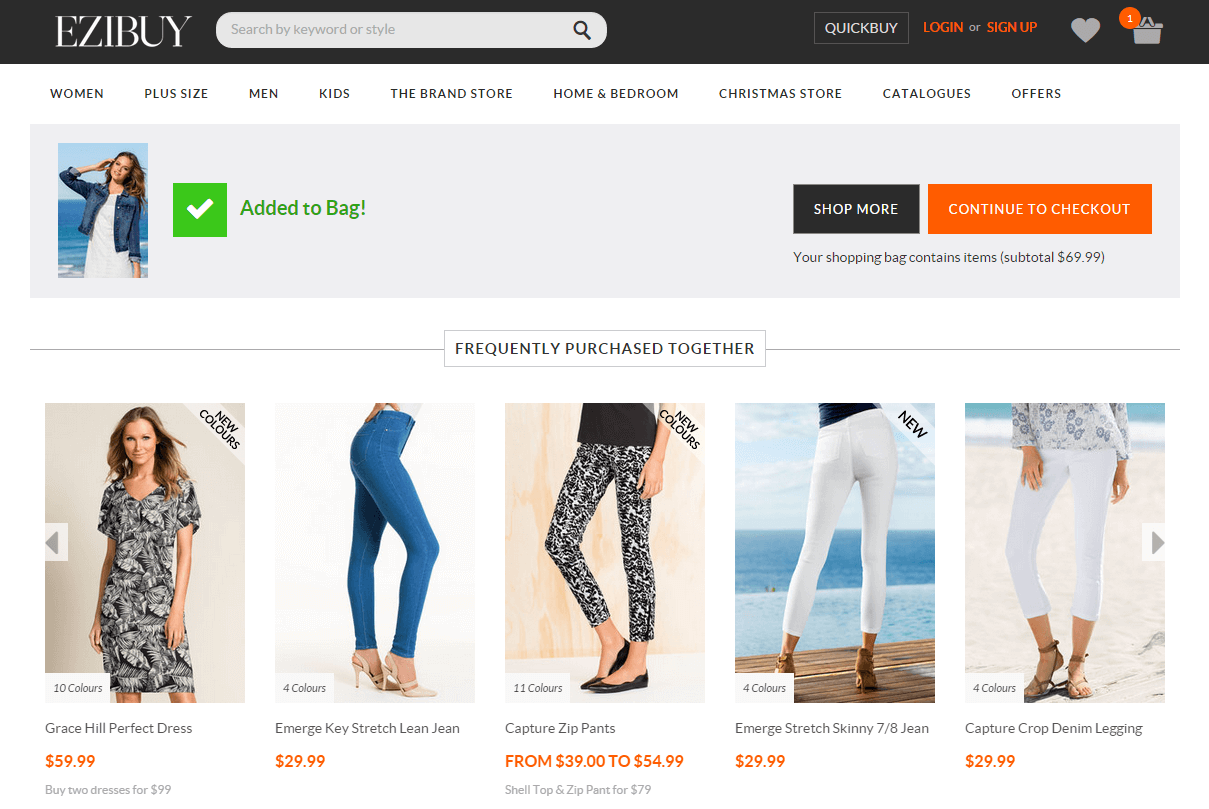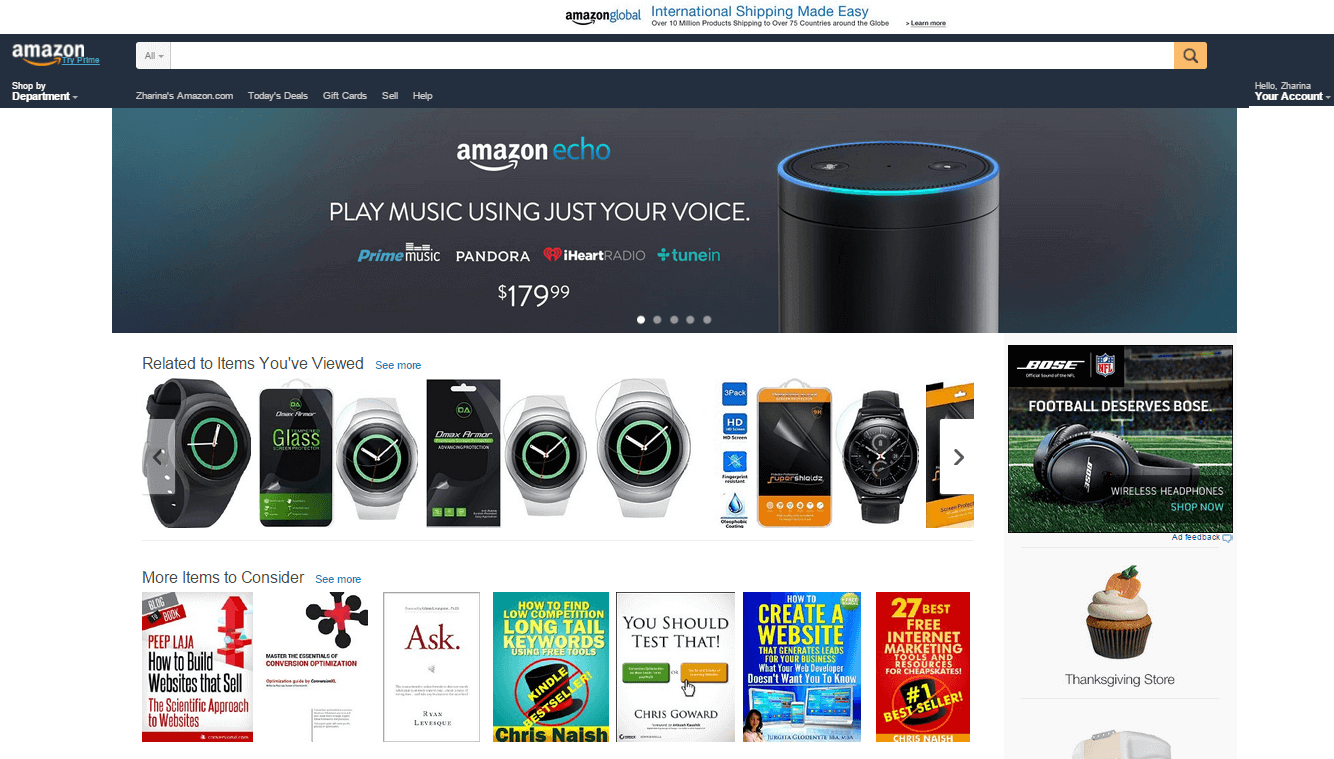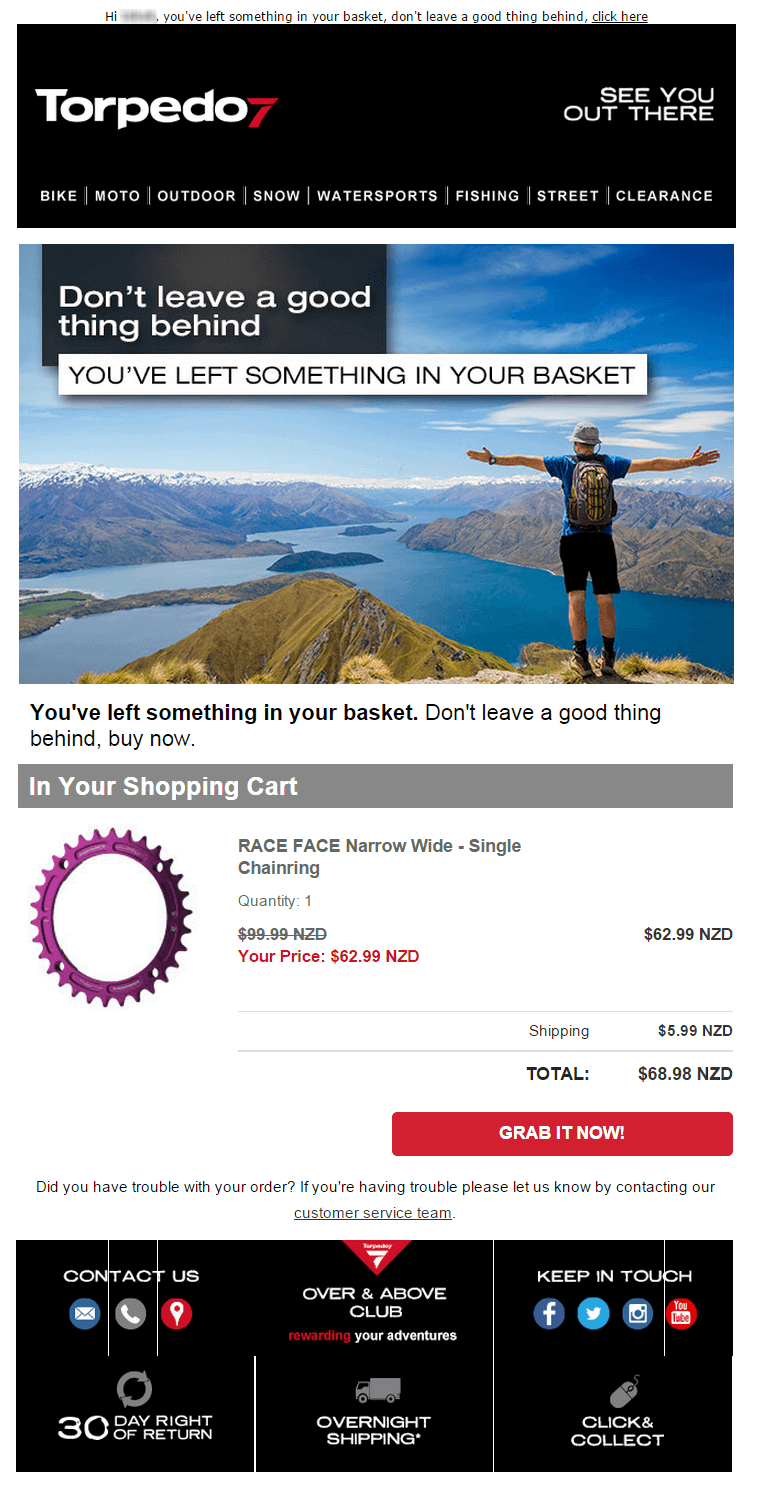p style=”text-align: center;”>
Online personalisation is the new face of digital marketing. It goes beyond welcoming back a returning customer to the site or listing recommended products based on their previous online purchases. It’s about leveraging analytics data and customer insights to deliver targeted content and adaptive online experiences that compel your customers to take the actions you want them to take.
Empowered by the latest digital devices and social media platforms, customers today are increasingly demanding what they want, when, where and how they want it. For online businesses, your customers have become both critics and creators, wanting a more personalised experience and expecting to be part of the process of developing the products and services they consume.
It’s a win-win situation
Online businesses, particularly eCommerce sites, can benefit from this shift in customer engagement. With online personalisation, you can gain deeper insights into your customer’s behaviour and work towards simplifying not only the online process but simplifying your product range which means lower marketing and production costs. Needless to say, this translates to increased customer engagement and revenue.
Similarly, your customers will benefit from it by seeing the value of giving their personal information to you and making it easier for them to have that relevant online experience from your site that cuts through all the clutter. This is because with more targeted content, customers can easily understand your offer and differentiate you from your competitors.
Let’s look at the stats
Below are five interesting statistics on the importance, demand and results of online personalisation:
- 94% of businesses say personalization is critical to current and future success. (Source: Econsultancy and Monetate, “The Realities of Online Personalisation”)
- One-third of marketers said “personalisation” when asked to prioritise one capability that will be important to the future of their marketing. (Source: Adobe, “Digital Roadblock: Marketers Struggle to Reinvent Themselves)
- 74% of consumers get frustrated when they receive content that has nothing to do with their interests. (Source: Janrain Online Personal Experience study)
- 78% of surveyed consumers said they want some degree of personalization, with 62% preferring a mix of algorithmic and curated content. (Source: Yahoo! “The Balancing Act: Getting Personalization Right”)
- 35% of Amazon’s consumer purchases come from their personalized recommendations. (Source: McKinsey & Company, “How Retailers Can Keep Up with Consumers”)
Take your online personalisation to a whole new different level
As the competition for your customers’ attention intensifies, you can either be relevant or be forgotten. If you’re not in the online personalisation game yet, this is the perfect time to start.
Below are some tips on how you can implement that one-to-one personalisation strategy with all your customers.
Tip #1: Smart up-selling and cross-selling
Personalisation is not just about connecting with your customers, it’s also about making it easier and more convenient for them to make the purchase. New Zealand-founded multi-channel retailer, Ezibuy, recommends products that will help customers complete their look. Ezibuy recommends products that match with the item. A customer who initially only wanted a denim jacket may end up purchasing an entire outfit.
Tip #2: Personal recommendations on the homepage
Ecommerce giant, Amazon, has developed a personalisation system that follow and track each customer’s click, recording and categorising every online purchase to come up with a customer profile based on click patterns and purchase behaviour. As soon as you go back to Amazon’s site, you’ll see the homepage tailored with products which are similar to your past purchases.
Tip #3: Customers who bought X also bought Y
When you choose a product in Amazon, you’ll see below the product description, recommendations based on what you are looking at. Not only is Amazon personalising its messaging but also informing the customers about products they might also be interested in.
Tip #4: Personalise the shopping experience across channels
Have you ever added items in your shopping cart but then either got distracted with something else or decided to sleep on it? You might forget that there are items in your cart, but Torpedo7 doesn’t. A New Zealand online outdoor gear store, Torpedo7, would send you an email reminder a few days after your visit about the saved items in your cart and deals related to your items.
Tip #5: Make those emails worth their while
The national airline and flag carrier of New Zealand, Air New Zealand, sends you emails which are more personal than the standard emails you’re used to getting from other airlines. Aside from sending emails on gate numbers and boarding times, Air New Zealand sends out emails that include tailored content based on your travel destination, recommended cultural sites, suggested activities and even weather updates.
Final Thoughts
There is value for you to start connecting the dots across multiple platforms and devices so you can come up with a comprehensive picture of your customers and make them feel as though your site was made especially for them. With online personalisation, you have the opportunity to create a unique value proposition in the market that not only can lead to increased website traffic and conversions but also offer a path to sustainable online growth.
Data-Driven Personalization with Optimizely Personalization
Earlier this month, Optimizely announced the general availability of Optimizely Personalization. This latest product allows you to turn data into actionable insights to better understand customers and optimise their online experience.
If you’re interested in taking your online personalisation to the next level, give us a call today at +64 9 920 1740, send a message or email us. We’d be happy to chat about your specific needs.





